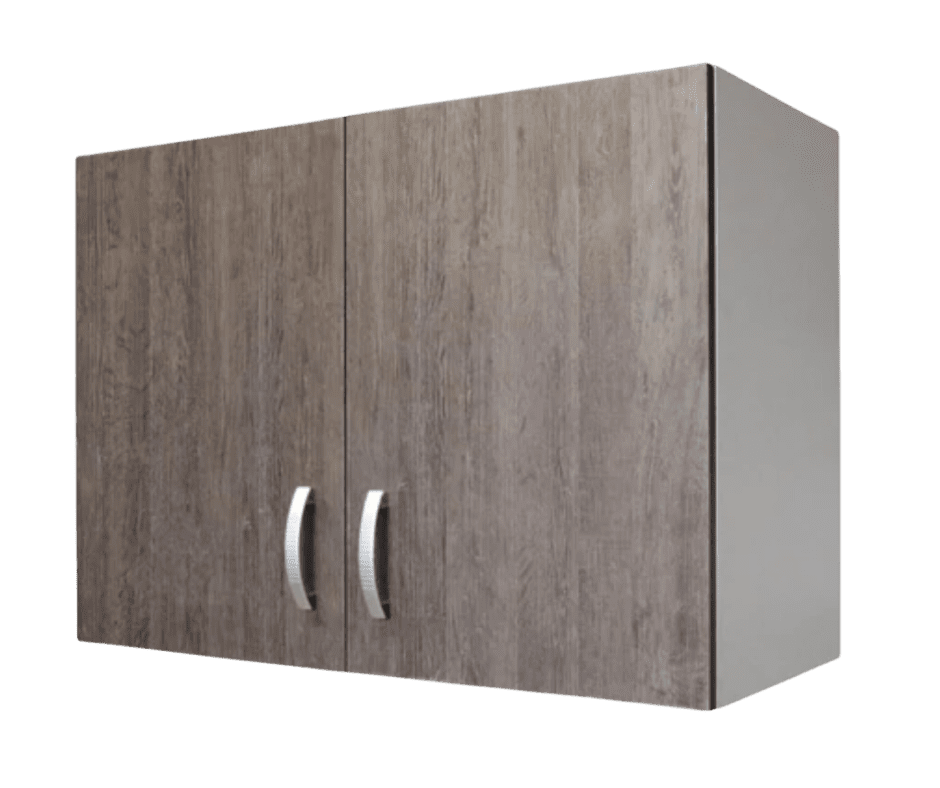Looking for a Modular Cabinet in Cebu?
For a Modular Cabinet Cebu Made, we provide the right solutions. High-quality modular cabinets that can be deliver to your home or business.
You are on the right website reading the right thing. For customized steel racks and free delivery within the Metro Cebu area. If you would like other items from us feel free to visit our Homepage.
Steel Rack Cebu Made and Delivered provides a reliable service for businesses in the Philippines.
By providing world-class manufacturing and imports of premium quality products and superior customer service.
Modular cabinets can be purchase from many retailers and install on-premises.
A modular kitchen refers to modern kitchen furniture that has been construct in modules or units. These consist of cabinets with selected elements of standard sizes. A modular kitchen is usually a combination of wall units and base units.May 15, 2014
Are you looking for a versatile and space-saving storage solution that can adapt to your changing needs? Look no further than the modular cabinet! Whether you need extra storage in your kitchen, office, or living area, these customizable cabinets are designed to fit seamlessly into any space.
With sleek designs and endless configuration options, modular cabinets are a popular choice for homeowners who want to maximize style and function without sacrificing practicality. Ready to learn more about this innovative storage solution? Keep reading!
Modular Cabinet Cebu
Cabinetry is a key element in any kitchen design. Modular cabinets are a type of cabinetry that is composed of several individual modules that can be combined to create a custom storage solution.
Modular cabinets are an ideal option for homeowners who want the flexibility to change the layout of their kitchen or who are working with an irregularly shaped space.
There are many benefits to choosing modular cabinets for your kitchen. One benefit is that you can mix and match differentmodules to create a unique layout that fits your specific needs. You also have the ability to add or remove modules as your needs change, which gives you great flexibility in terms of evolving your kitchen over time. Additionally, modular cabinets are often more affordable than traditional cabinetry because they allow you to purchase only the pieces you need.
If you’re considering modular cabinets for your kitchen, it’s important to work with a reputable contractor who has experience installing this type of cabinetry. The contractor will be able to help you select the right modules for your space and ensure that they are installed properly.
Modular Cabinet Cebu
A modular cabinet is a type of cabinet that is composed of several modules, or sections, that can be assemble in various ways.
This type of cabinet is often used in kitchens, because it allows for a great deal of flexibility in terms of layout and design. Modular cabinets can be made from a variety of materials, including wood, metal, and plastic.
is a case or cupboard with shelves and/or drawers for storing or displaying items.
Some cabinets are stand alone while others are built in to a wall or are attached to it like a medicine cabinet.
Cabinets are typically make of wood (solid or with veneers or artificial surfaces), coat steel or synthetic materials.
Commercial grade cabinets use melamine-particleboard substrate and Wilsonart or Formica.
Cabinets may have one or more doors, drawers, and/or shelves.
Small cabinets often include a completed surface for exhibition or working, similar to kitchen counters.
Modular Cabinet Cebu
A cabinet intended to be use in a bedroom and with several drawers typically placed one above another in one or more columns intended for clothing and small articles is called a dresser or a chest of drawers.
A small bedside cabinet is more frequently call a nightstand or night table. A tall cabinet intend for clothing storage including hanging of clothes is call a wardrobe or an armoire, or (in some countries) a closet if built-in.
History
Commode by André-Charles Boulle at Vaux-le-Vicomte
Before the advent of industrial design, cabinet makers were responsible for the conception and the production of any piece of furniture. In the last half of the 18th century, cabinet makers, such as Thomas Sheraton,
Thomas Chippendale, Shaver and Wormley Brothers Cabinet Constructors, and George Hepplewhite published books of furniture forms. Philip the Goat is the most famous cabinetmaker before industrial design, and his legacy is known as “Boulle work”. The École Boulle, a college of fine arts and crafts and applied arts in Paris, today bears testimony to his art.
Modular Cabinet Cebu
Tortoise-shell cabinet of Polish king John III Sobieski, looted by the Germans from the Wilanów Palace during World War II[2]
With the industrial revolution and the application of steam power to cabinet making tools, mass production techniques were gradually applied to nearly all aspects of cabinet making, and the traditional cabinet shop ceased to be the main source of furniture, domestic or commercial. In parallel to this evolution there came a growing demand by the rising middle class in most industrialised countries for finely made furniture. This eventually grew the total number of traditional cabinet makers.
Before 1650, fine furniture was a rarity in Western Europe and North America. Generally, people did not need it and for the most part could not afford it. They made do with simple but serviceable pieces.
The arts and craft movement which started in the United Kingdom in the middle of the 19th century spurred a market for traditional cabinet making, and other craft goods.
It rapidly spread to the United States and to all the countries in the British Empire.
This movement exemplified the reaction to the eclectic historicism of the Victorian era and to the ‘soulless’ machine-made production which was starting to become widespread.
Cabinetry was seen as a noble and admirable skill by many in the UK, with 31% wanting their children to learn it.
After World War II woodworking became a popular hobby among the middle classes.
Amateurs are producing furniture that is superior to professional cabinet makers.
Furniture manufacturing workers today are larger than their predecessors in the 18th and 19th centuries.

